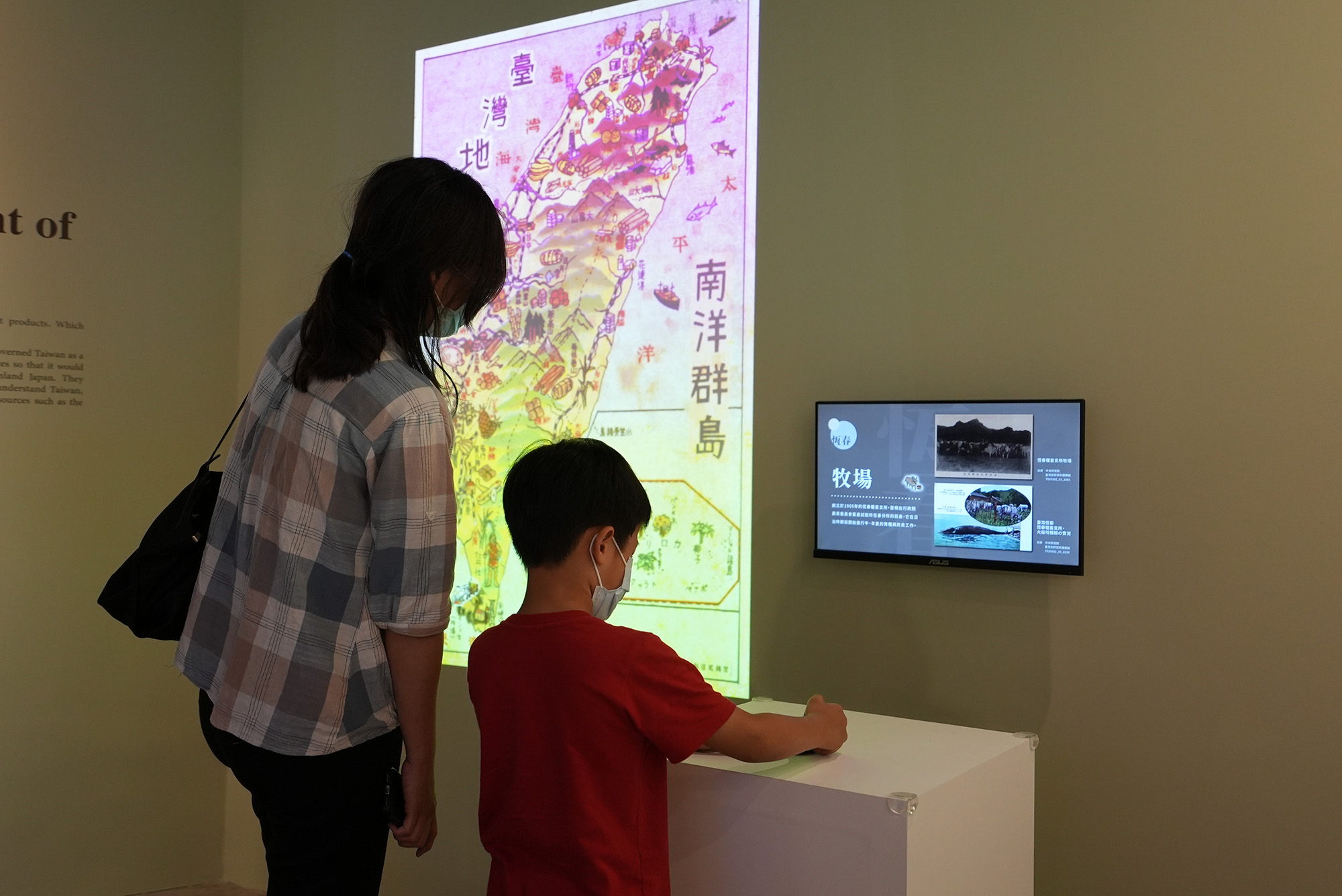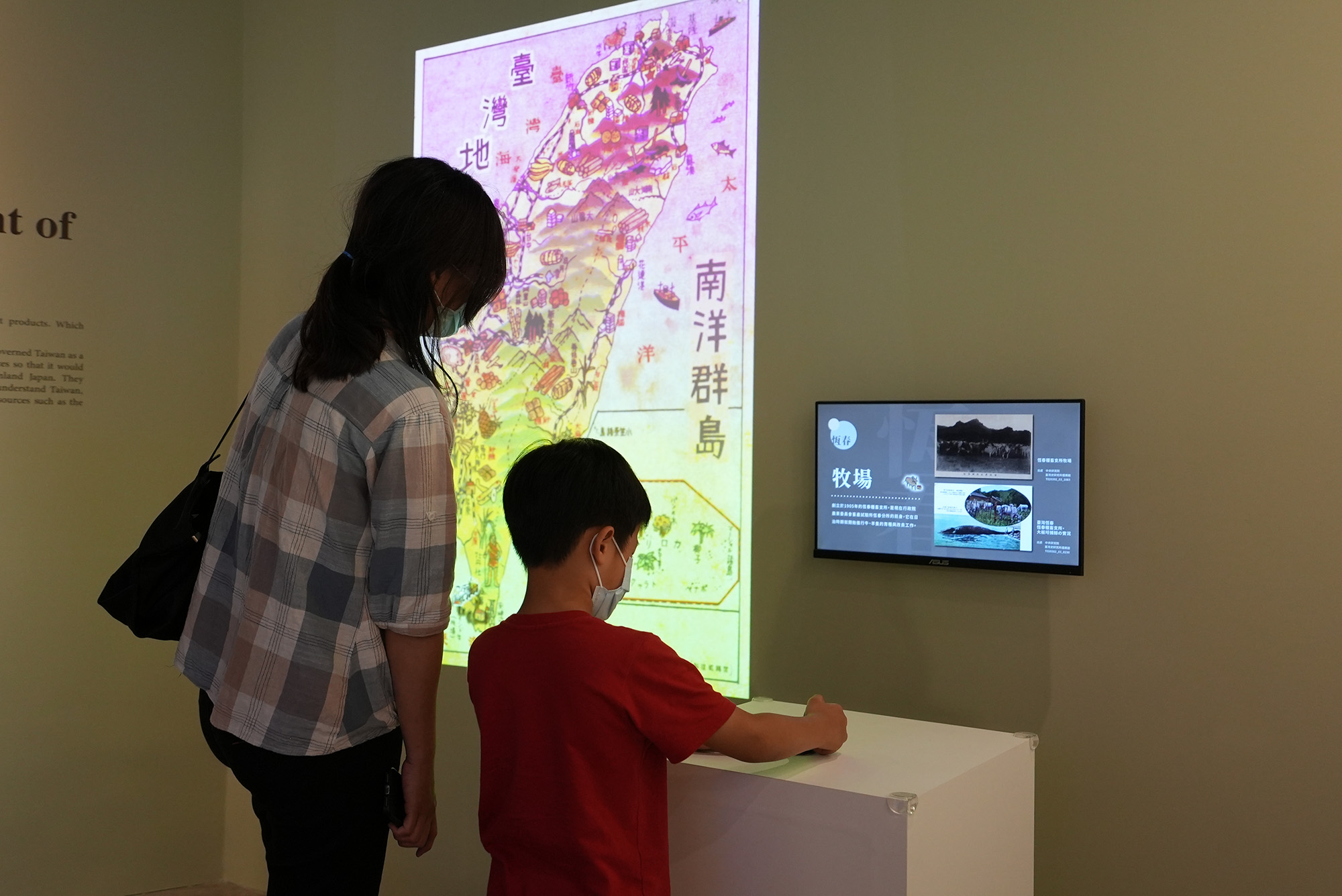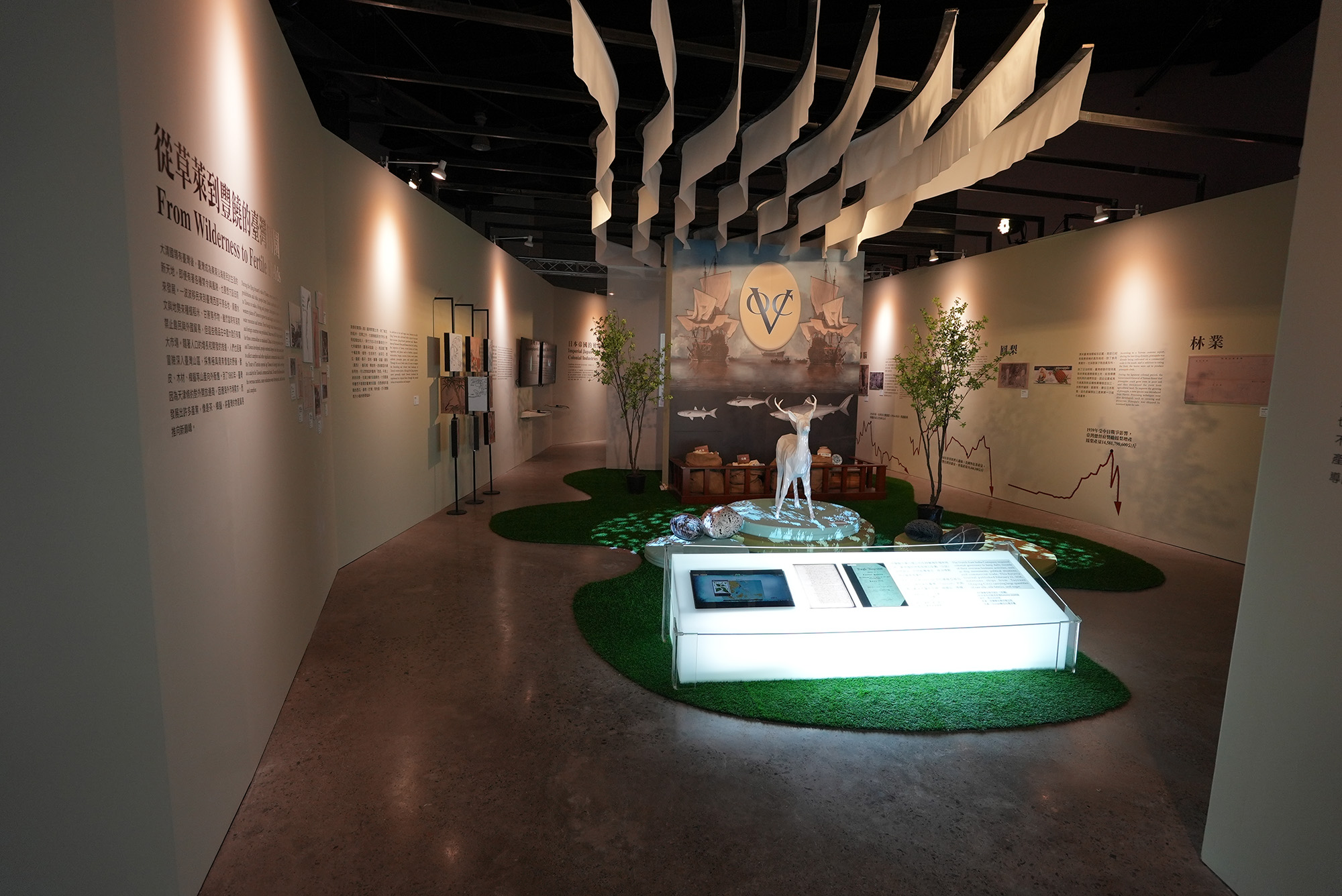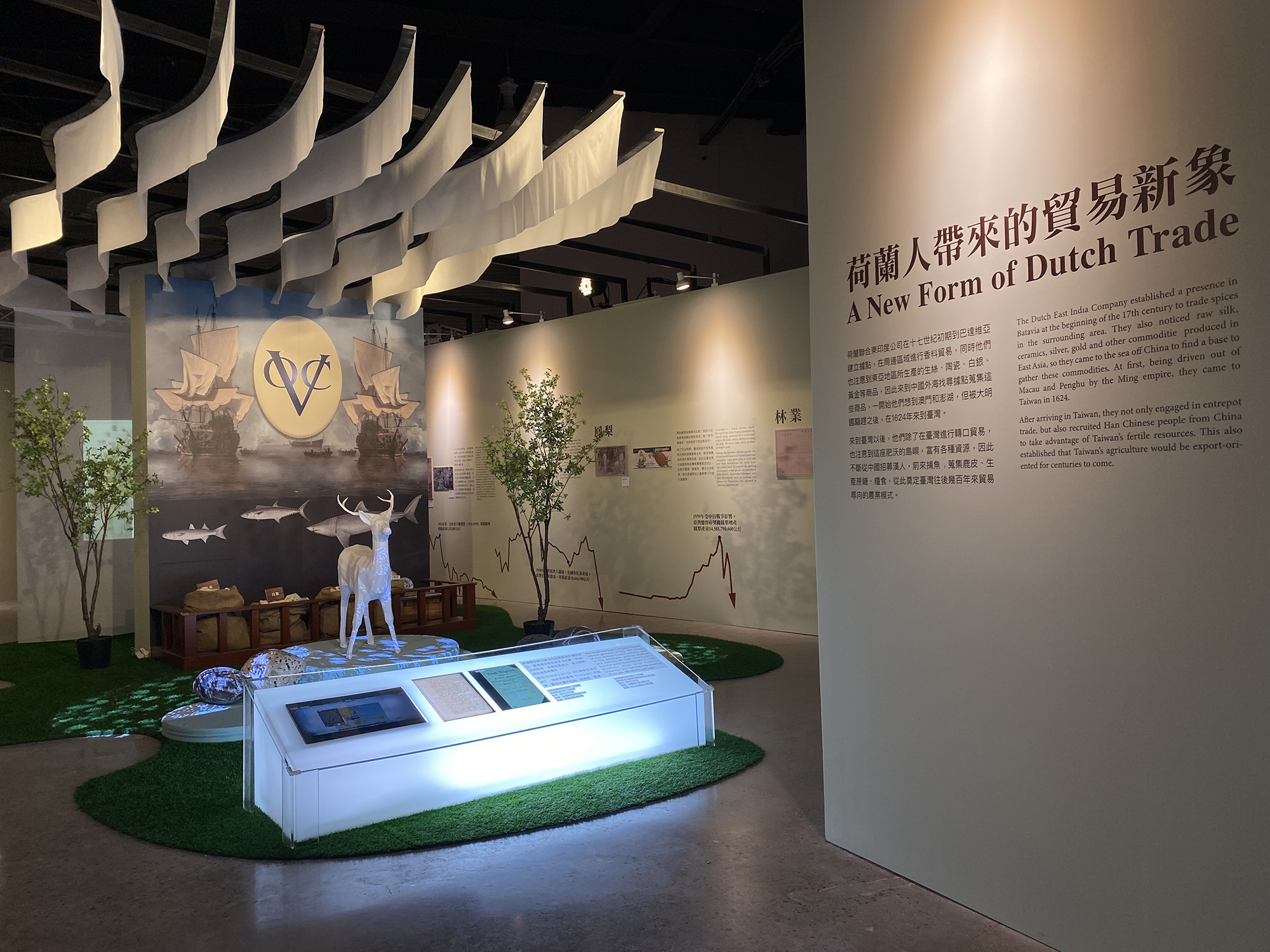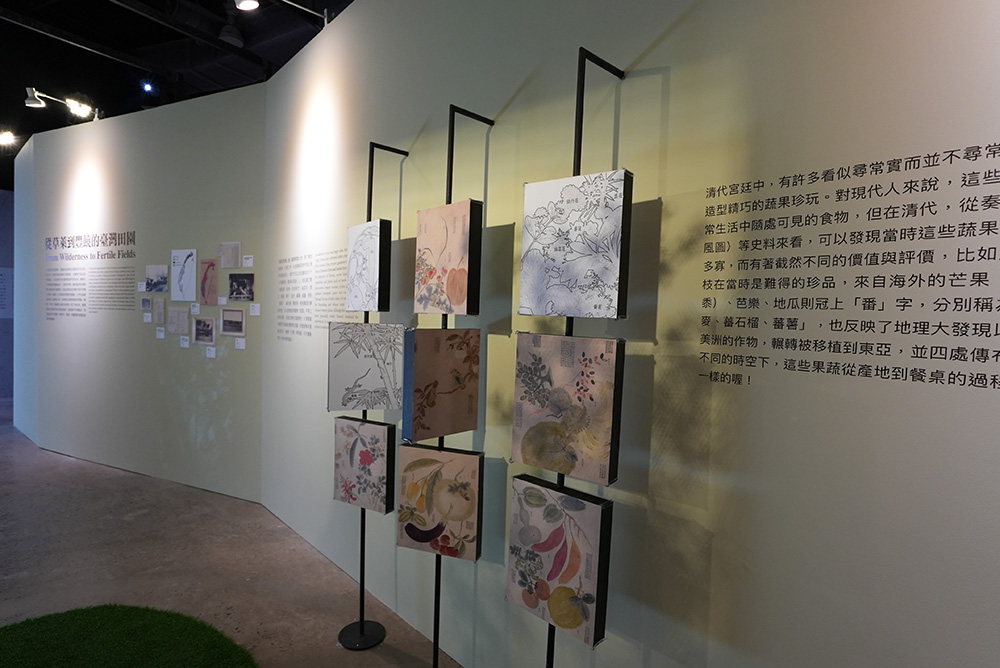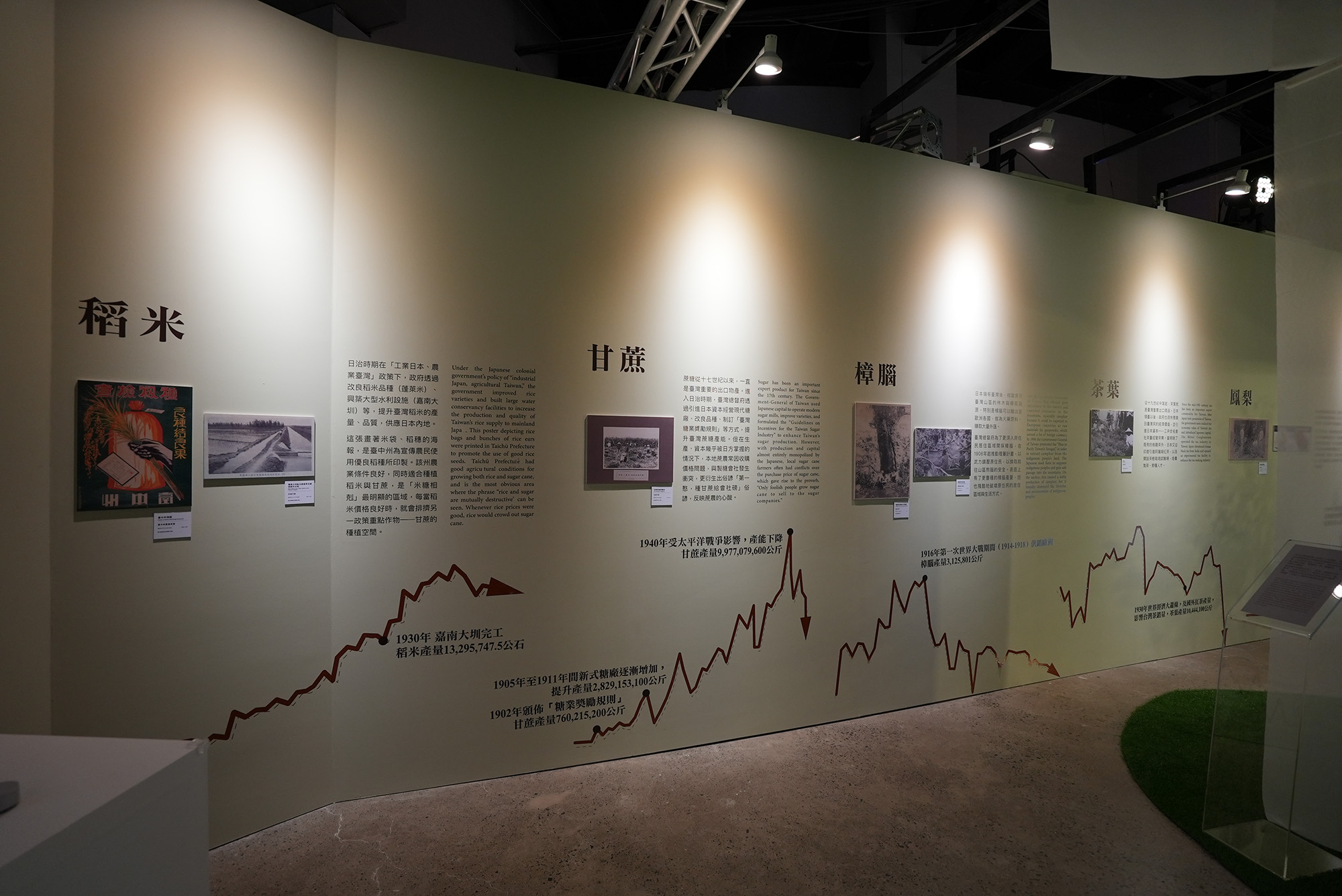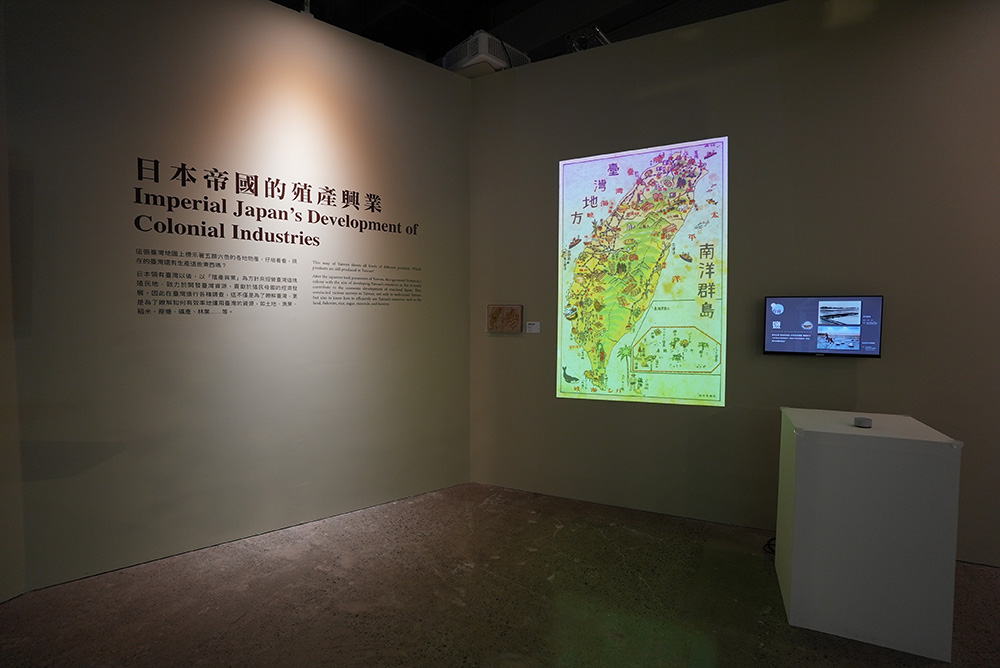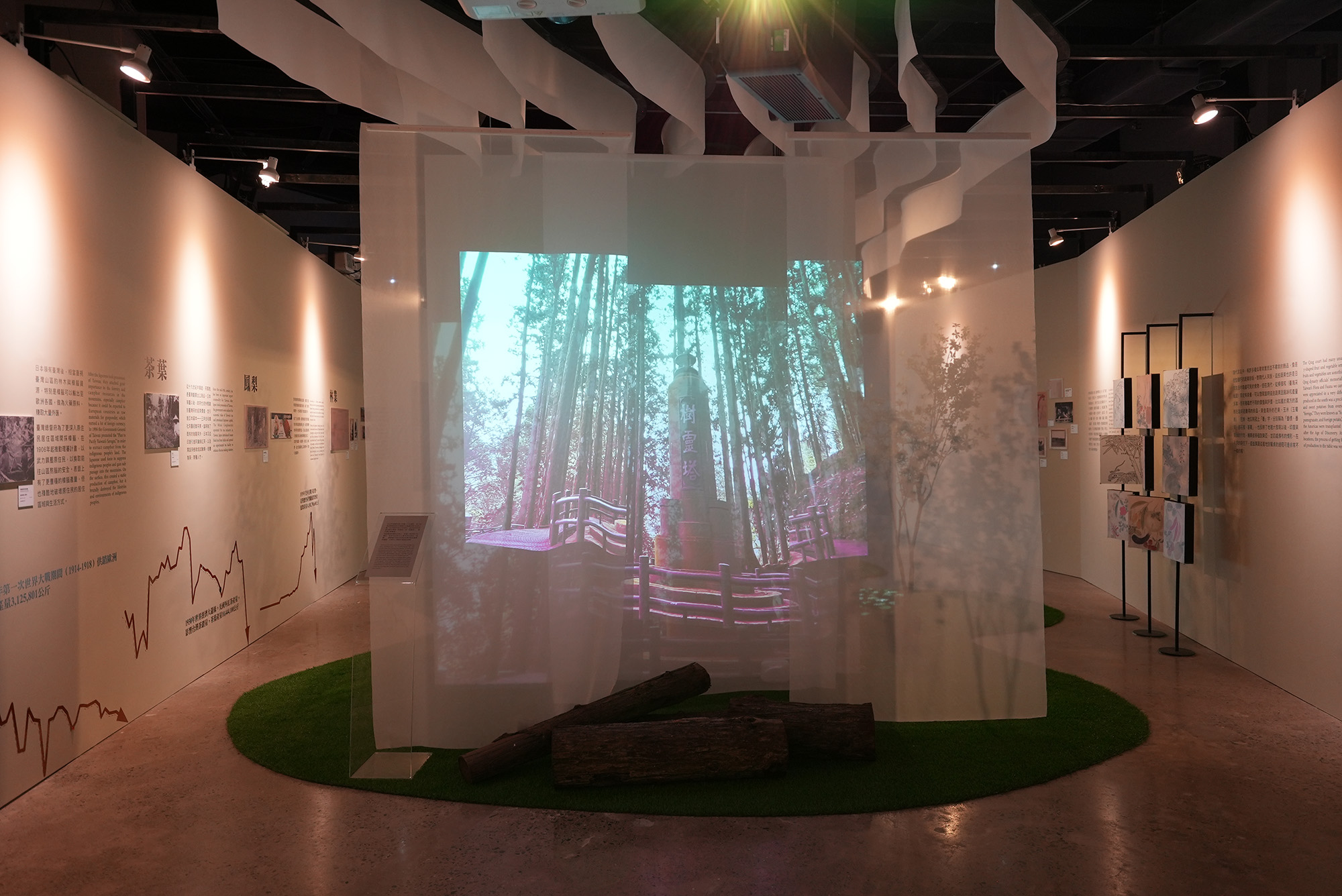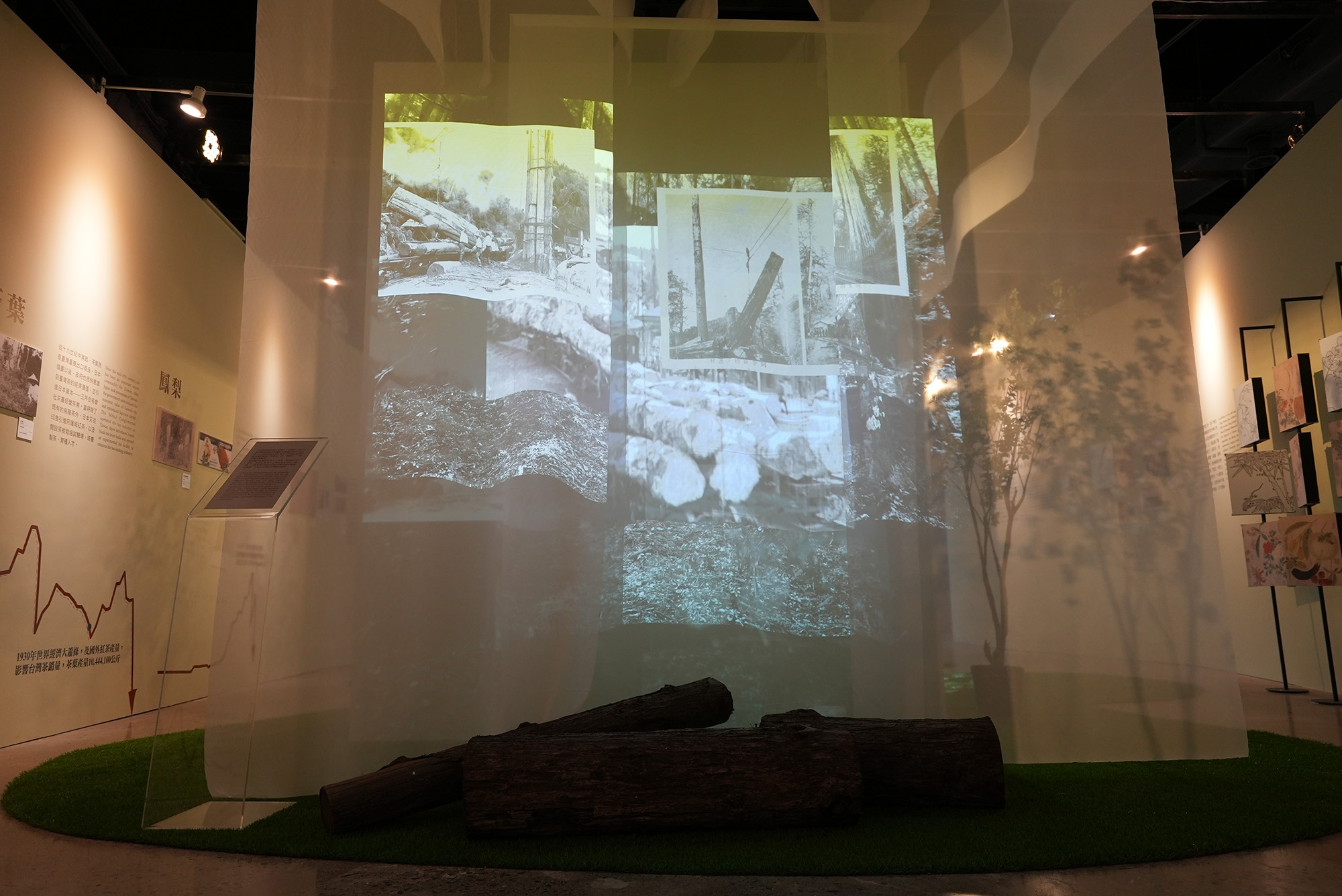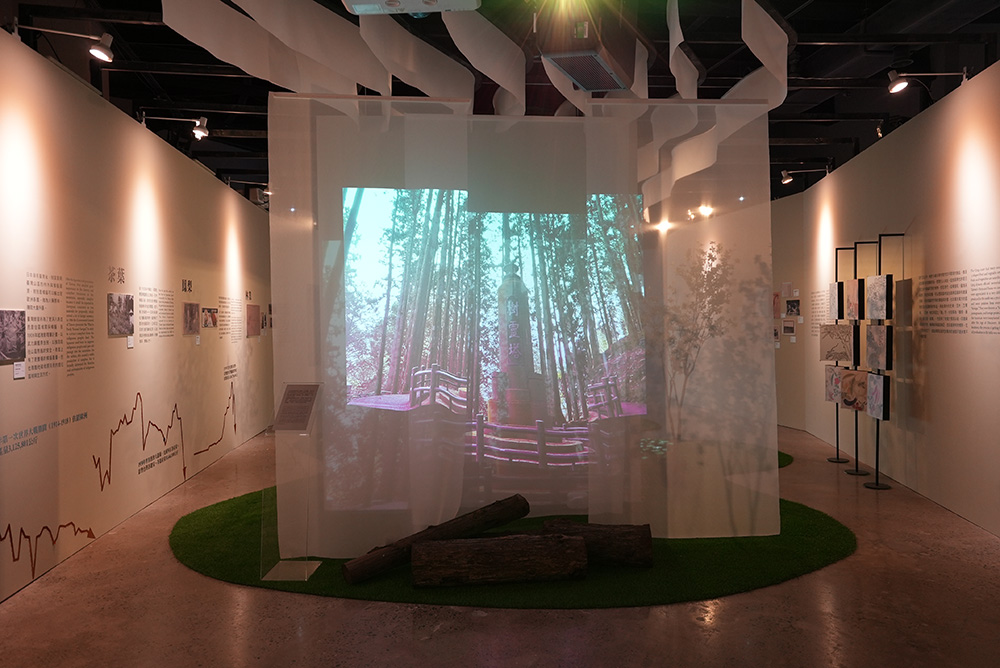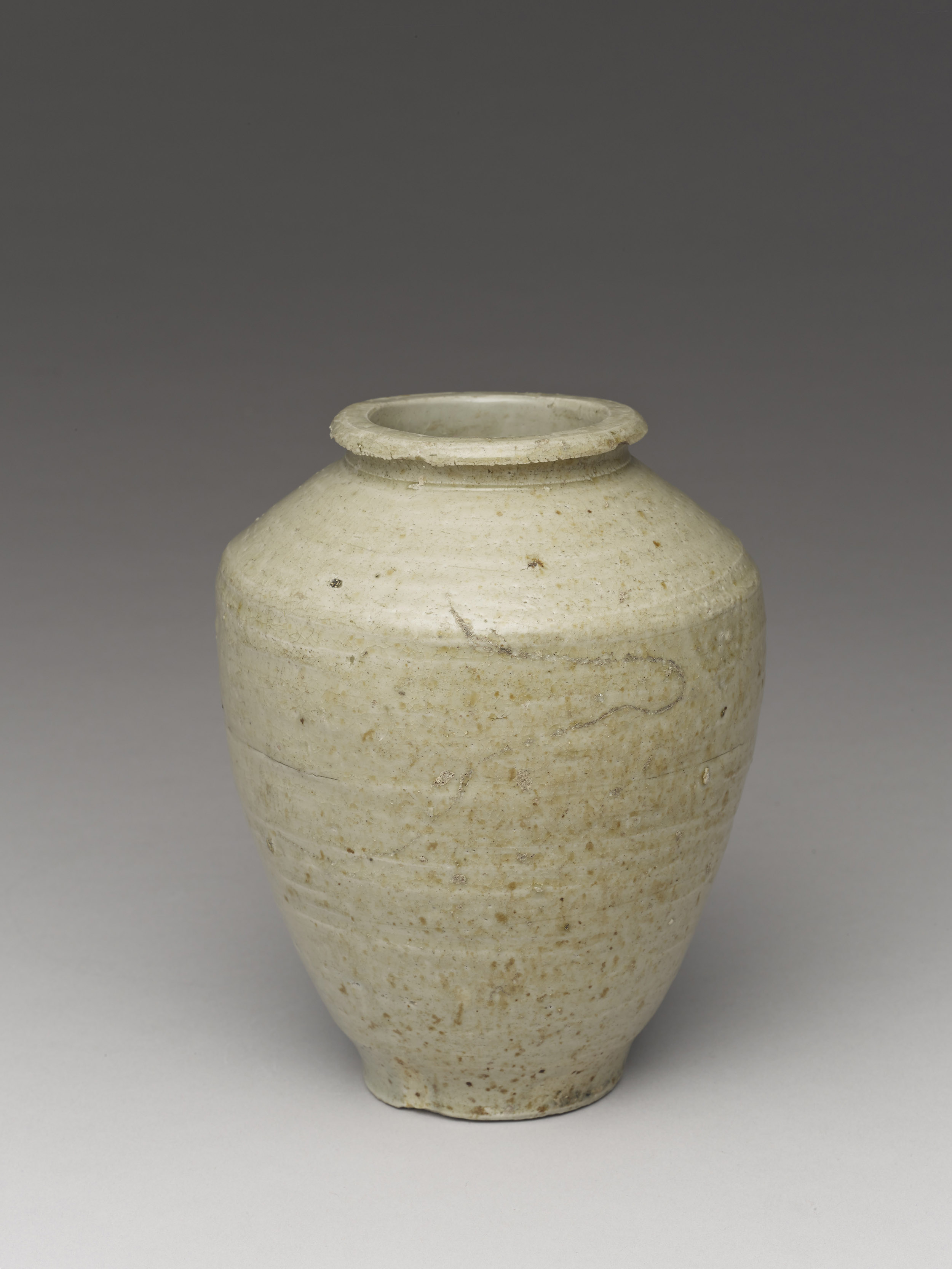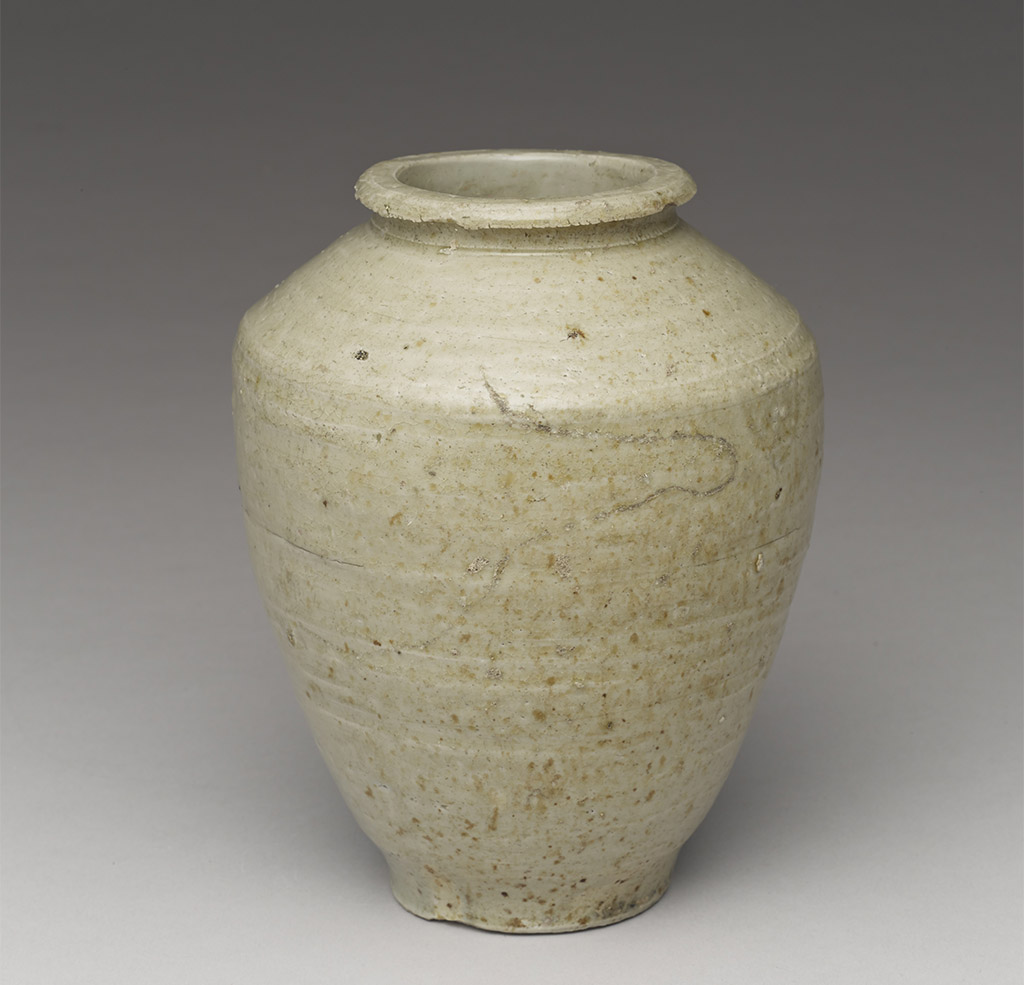Extracting Taiwan
Land development and production in Taiwan varied due to technology advancement, international trade, and physical environment in different timespan.
For example, the rich endemic deer species were exploited after Dutch East India Company exported mass Taiwan deer skins to the world in the 17th century. As large size of immigrants settling in during Qing's ruling, the gradually cultivated farm land in western Taiwan started providing rich production and different varieties due to the warm-humid climate and land fertility. After Japanese colonization in 1895, Taiwanese production was pushed into a new phase with modern technology and governance.
A New Form of Dutch Trade
The Dutch East India Company established a presence in Batavia at the beginning of the 17th century to trade spices in the surrounding area. They also noticed raw silk, ceramics, silver, gold and other commodities produced in East Asia, so they came to the sea off China to find a base to gather these commodities. At first, being driven out of Macau and Penghu by the Ming empire, they came to Taiwan in 1624.
After arriving in Taiwan, they not only engaged in entrepot trade, but also recruited Han Chinese people from China to take advantage of Taiwan's fertile resources. This also established that Taiwan's agriculture would be export--oriented for centuries to come.


